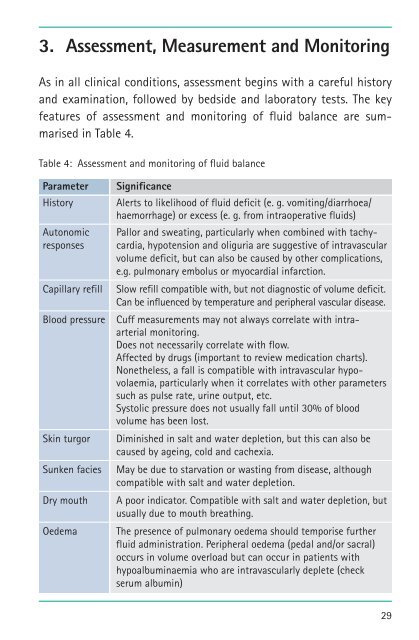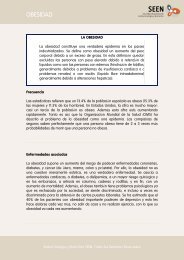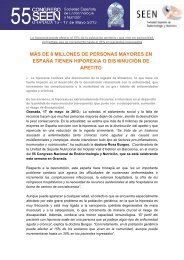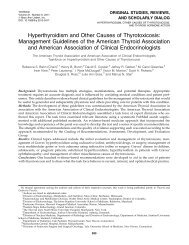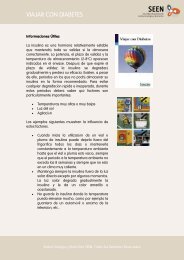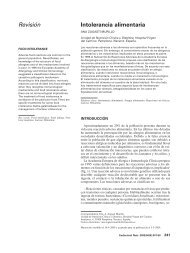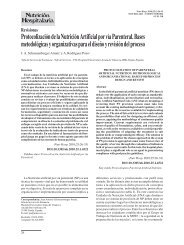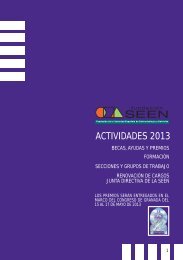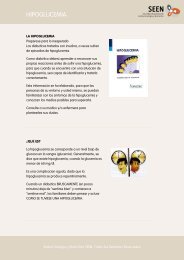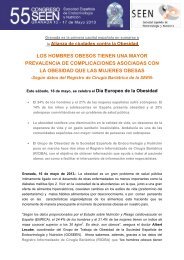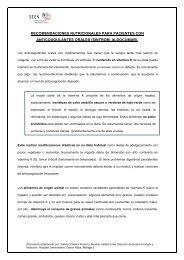Basic Concepts of Fluid and Electrolyte Therapy
Basic Concepts of Fluid and Electrolyte Therapy
Basic Concepts of Fluid and Electrolyte Therapy
You also want an ePaper? Increase the reach of your titles
YUMPU automatically turns print PDFs into web optimized ePapers that Google loves.
3. Assessment, Measurement <strong>and</strong> Monitoring<br />
As in all clinical conditions, assessment begins with a careful history<br />
<strong>and</strong> examination, followed by bedside <strong>and</strong> laboratory tests. The key<br />
features <strong>of</strong> assessment <strong>and</strong> monitoring <strong>of</strong> fluid balance are summarised<br />
in Table 4.<br />
Table 4: Assessment <strong>and</strong> monitoring <strong>of</strong> fluid balance<br />
Significance<br />
Alerts to likelihood <strong>of</strong> fluid deficit (e. g. vomiting/diarrhoea/<br />
haemorrhage) or excess (e. g. from intraoperative fluids)<br />
Pallor <strong>and</strong> sweating, particularly when combined with tachy-<br />
cardia, hypotension <strong>and</strong> oliguria are suggestive <strong>of</strong> intravascular<br />
volume deficit, but can also be caused by other complications,<br />
e.g. pulmonary embolus or myocardial infarction.<br />
Parameter<br />
History<br />
Autonomic<br />
responses<br />
Capillary refill<br />
Blood pressure<br />
Skin turgor<br />
Sunken facies<br />
Dry mouth<br />
Oedema<br />
Slow refill compatible with, but not diagnostic <strong>of</strong> volume deficit.<br />
Can be influenced by temperature <strong>and</strong> peripheral vascular disease.<br />
Cuff measurements may not always correlate with intraarterial<br />
monitoring.<br />
Does not necessarily correlate with flow.<br />
Affected by drugs (important to review medication charts).<br />
Nonetheless, a fall is compatible with intravascular hypovolaemia,<br />
particularly when it correlates with other parameters<br />
such as pulse rate, urine output, etc.<br />
Systolic pressure does not usually fall until 30% <strong>of</strong> blood<br />
volume has been lost.<br />
Diminished in salt <strong>and</strong> water depletion, but this can also be<br />
caused by ageing, cold <strong>and</strong> cachexia.<br />
May be due to starvation or wasting from disease, although<br />
compatible with salt <strong>and</strong> water depletion.<br />
A poor indicator. Compatible with salt <strong>and</strong> water depletion, but<br />
usually due to mouth breathing.<br />
The presence <strong>of</strong> pulmonary oedema should temporise further<br />
fluid administration. Peripheral oedema (pedal <strong>and</strong>/or sacral)<br />
occurs in volume overload but can occur in patients with<br />
hypoalbuminaemia who are intravascularly deplete (check<br />
serum albumin)<br />
29


